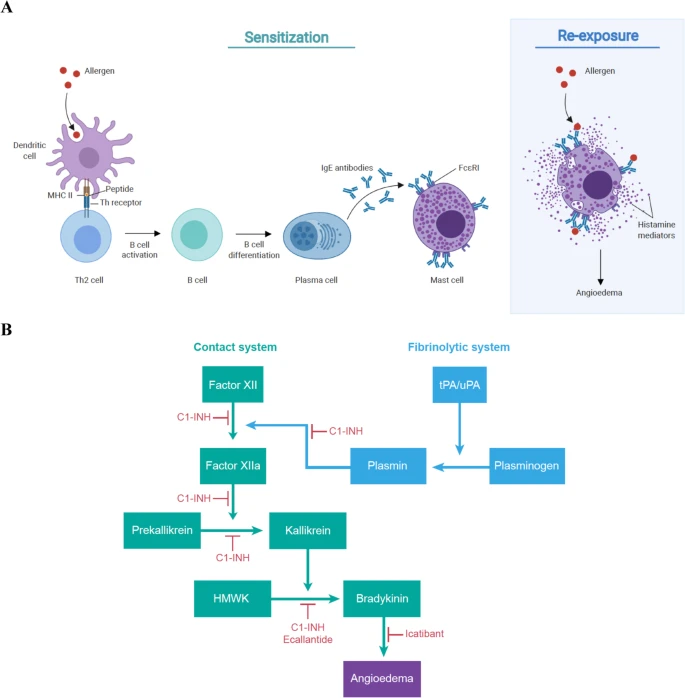Background
Evidence supports a critical role of vitamin D status on exacerbation in chronic obstructive pulmonary disease, indicating the need to avoid vitamin D deficiency in these patients. However, oral vitamin D supplementation is limited by the potential risk for hypercalcemia. In this study, we investigated if local delivery of vitamin D to the lungs improves vitamin D-mediated anti-inflammatory action in response to acute inflammation without inducing hypercalcemia.
Methods
We studied vitamin D sufficient (VDS) or deficient (VDD) mice in whom 1α,25(OH)2D3 (0.2 μg/kg) or a vehicle followed by lipopolysaccharide (LPS 25 µg) were delivered to the lung as a micro-spray.Results
Local 1α,25(OH)2D3 reduced LPS-induced inflammatory cells in bronchoalveolar lavage (BAL) in VDS (absolute number of cells: − 57% and neutrophils − 51% p < 0.01) and tended to diminish LPS-increased CXCL5 BAL levels in VDS (− 40%, p = 0.05) while it had no effect on CXCL1 and CXCL2 in BAL and mRNA in lung of VDS and VDD. It also significantly attenuated the increased IL-13 in BAL and lung, especially in VDD mice (− 41 and − 75%, respectively). mRNA expression of Claudin-18 in lung was significantly lower in VDS mice with local 1α,25(OH)2D3 while Claudin-3, -5 and -8 mRNA levels remained unchanged. Finally, in VDD mice only, LPS reduced lung mRNA expression of adhesion junction Zona-occludens-1, in addition to increasing uric acid and total protein in BAL, which both were prevented by local 1α,25(OH)2D3.
Conclusion
Under normal levels of vitamin D, local 1α,25(OH)2D3 nebulization into the lung efficiently reduced LPS induction of inflammatory cells in BAL and slightly attenuated LPS-increase in CXCL5. In case of severe vitamin D deficiency, although local 1α,25(OH)2D3 nebulization failed to significantly minimize cellular inflammation in BAL at this dose, it prevented epithelial barrier leakage and damage in lung. Additional research is needed to determine the potential long-term beneficial effects of local 1α,25(OH)2D3 nebulization on lung inflammation.





